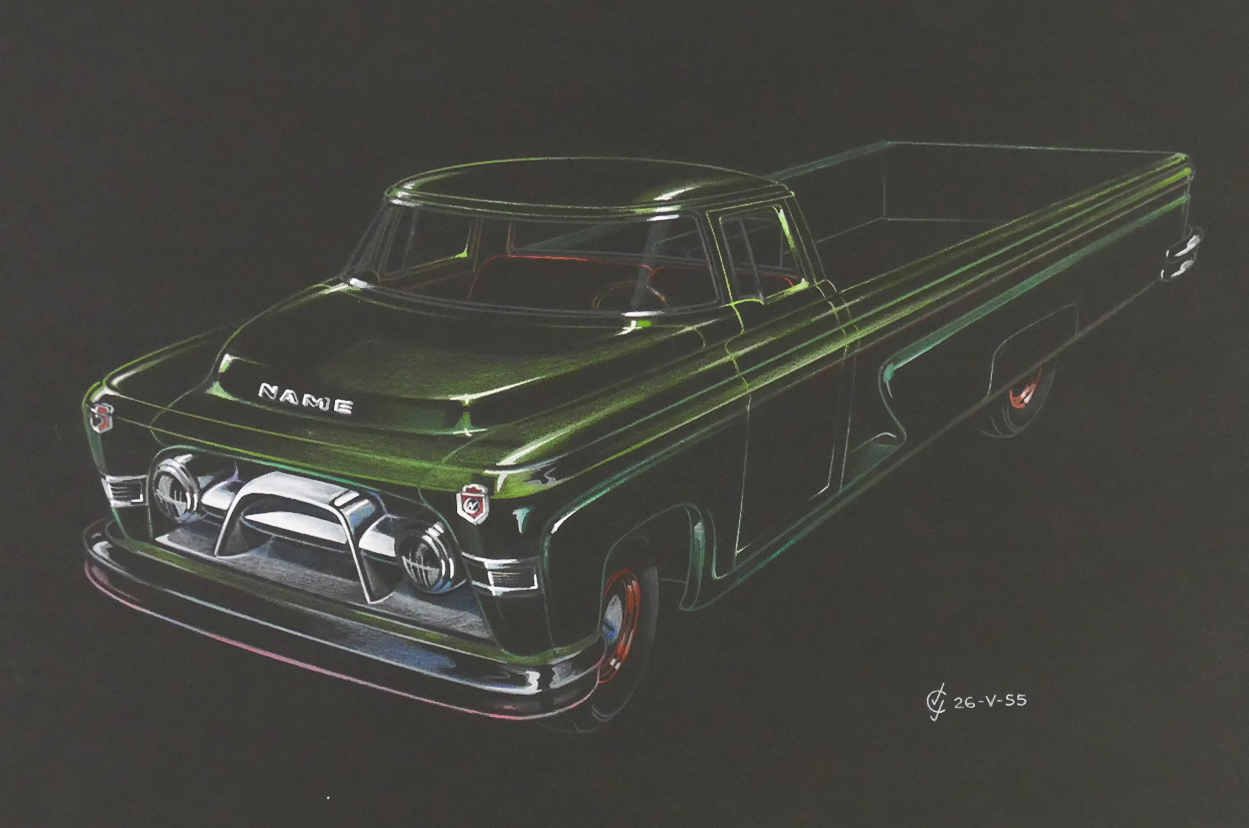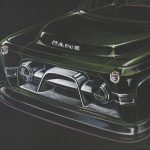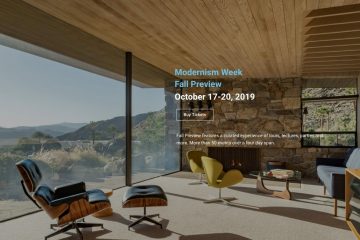During World War II, most American companies were contributing to the war effort in some form or fashion. Chrysler was no exception. The car manufacturer stopped production on consumer vehicles and began to diversify its offerings to meet the needs of the troops.
While Chrysler may be most well-known for its Tank Arsenal on Van Dyke, aircraft engine plant in Detroit, and Dodge Division line of trucks, they also produced other critical assets for the troops. For example, Chrysler manufactured 15-40 man unit cookstoves and anti-submarine netting. They also created very challenging and vital processing equipment for the Manhattan Project, along with airframe components for B-29 bombers, including none other than the “Enola Gay”.
Reintroducing the Consumer Vehicle
As buyers had been deprived of new vehicles since 1942, they were ready for the newest models. Post-war families may have been looking for vehicles with comfort and durability, but some newer, flashier embellishments didn’t hurt. Enter John Chika, A.B. “Buzz” Grisinger, and Herb Weissinger. This trio of designers gave Chrysler vehicles a much-needed facelift.
Despite the fact that they were only allowed to modify the models using bolt-on modifications, they created some of the most popular and memorable Chrysler vehicles in history, along with some more modern designs that didn’t make the cut.
Extravagance without the Price Tag
The most noticeable change Chika, Grisinger, and Weissinger made was a chrome-y, cross-hatch grille. Along with this new grille was a flashy dashboard with an asymmetrical layout that stood out from the competition.
In addition, Chrysler had several other differentiating aspects. For one, all Chrysler cars used valve-in-block engines, which produced peak power at low engine speed, providing less stress and longer engine life. These engines were superseded by overhead valve designs, but at the time provided the durability consumers were looking for. Also, all Chrysler lines (except Plymouth) offered a fluid-drive transmission, which replaced the flywheel with a fluid coupling. This fluid drive transmission drove like an automatic but was simpler, less expensive, more efficient and more reliable than the full automatics that became available in the late 1940s.
Transporting Americans through the 40s
Chrysler’s post-war vehicles were the most popular in America. From 1946-1948, over 2.2 million of these cars were built in the US, which blew past Ford. Chrysler produced 400,000 more vehicles than Ford, in less time. At the time, these cars were enormously successful. Even now, there are websites either devoted wholly or partially to each model, suggesting the popularity of these unforgettable cars is still alive and well. There is something to be said for a well-made vehicle, especially one that helped pull Americans out of wartime.
Add Automotive and Architectural Pieces to Your Collection
Interested in a John Chika original Chrysler design? Look no further than right HERE. If you are looking for the perfect automotive, architectural or industrial piece to begin, or add to, your own art collection, visit our GALLERY. We have beautiful, original mid-century modern pieces by Raymond Loewy, Vincent Raney, and many others.







